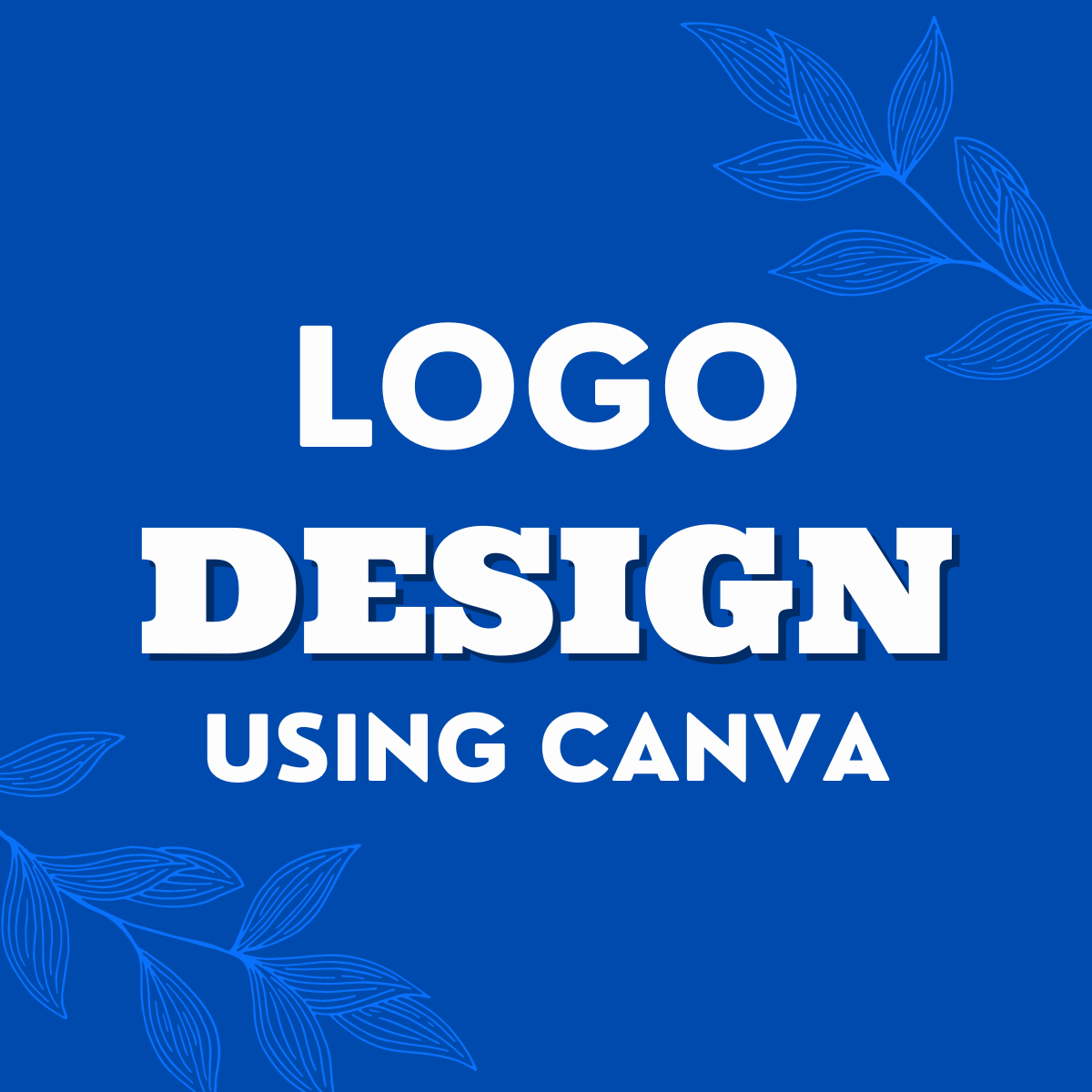Back to Courses









Arts And Humanities Courses - Page 45
Showing results 441-450 of 464

Draw an Isometric House with Inkscape
By the end of this project, you’ll be able to create an isometric vector graphic of a house. You’ll build an image with Inkscape, a free vector graphics program, which allows you to build graphics with clear lines and vivid colors. Since the images are vector-based, you’ll also have the flexibility to edit and resize them again and again—all while keeping the best image quality.
During this project, you’ll learn how to create an axonometric grid, then use that grid to draw the walls, roof, and windows of the house. Once you’ve drawn the basic shapes, you’ll add details and accessories (like a front door). Next, you’ll use color and shading to add depth and dimension to the graphic. Last, you’ll learn how to export your work in vector and raster formats.
By the end of the project, you’ll be comfortable planning and creating isometric designs with Inkscape.
Note: This course works best for learners who are based in the North America region. We’re currently working on providing the same experience in other regions.

Fashion Systems
The fashion business has grown from the storied Parisian houses of the early 20th century into a global phenomenon. It is highly complex, multi-faceted, and undergoing reinvention. In this course, you will learn about long-standing factors that impact the existing fashion system such as consumption, inclusion, and labor. You’ll explore the “slow fashion” movement, look at holistic and human-centric product development strategies, and build a brand story with core values at its heart. Finally, you’ll consider sustainability and environmental responsibility throughout the fashion design and production processes.
In this course, you'll be learning from the following Parsons faculty and industry experts:
- Laura Lanteri, Parsons Faculty, Creative Director/Founder, LLNY
- Lucy Jones, Parsons Faculty, CEO, FFORA
- Amanda Hallay, Fashion Historian, Author & Consultant
- Sydney Price, Parsons Faculty, Founder/CEO, The Knew Purpose

East Asian Religions & Ecology
At first glance the fields of religion and ecology may seem and unlikely pairing, but a deeper consideration reveals the two have a great deal to contribute to one another and are indeed inextricably linked. Religions recognize the unity and interdependence of humans with nature. Ecological sciences affirm this deep interconnection with the natural world. This partnership can inspire work for the wellbeing of the Earth community
There is a need for broader literacy and deeper knowledge of the world’s religions and their ecological contributions. This specialization, "Religions and Ecology: Restoring the Earth Community", contributes such a perspective. Each course celebrates the vitality of religiously-informed action for the Earth and recognizes the longstanding contributions of Indigenous peoples in offering visions and practices for ecological flourishing.
This course is part 4 of 5 of the "Religions and Ecology: Restoring the Earth Community" specialization that focuses on the ecological dimensions of religious traditions throughout the world.
The course you are about to begin is designed as a gateway to these aspects of the East Asian religions, philosophies, and practices of Confucianism, Daoism, Buddhism, Shinto, and Shamanism. So much has emerged in the last several decades in this area, as you will see. While we have taught this course at Yale, we have adapted it for learners from a wide range of backgrounds.
This course is for lifelong learners curious to know more about world religions and ecology, environmental professionals eager to deepen the discourse of environmental protection and conservation, those working with non-profit organizations and NGOs on issues of ecological justice, and religion leaders and laity who wish to know how they can contribute to interreligious dialogue on environmental projects.

Teaching Popular Music in the Classroom
Teaching Popular Music in the Classroom explores approaches to teaching popular music from culturally rich communities in the United States. Students in the course will learn teaching methods that engage youth with the basics of improvisation, technology, songwriting, arranging film score, and writing to the strengths of small bands. The course models how to integrate principles of authentic cultural relevance and positive youth development with contemporary music instruction, while providing tools for assessing and documenting learning and program progress.
Students in the course will refine their own pedagogical skills, applying principles of contemporary music instruction. Content and approaches are intended for secondary music programs, but can be adapted for elementary grade levels. All lessons are based in core standards for music education with recommendations for assessments.

Create eye-catching logos using Canva for an ebrand
This Guided Project “Create eye-catching logos using Canva for an ebrand” is a 2-hour long project-based course where you will learn about logos and the design process of creating one according to the specifications in a project brief.
You will apply the knowledge to develop different types of logos from scratch by keeping one business theme in mind of your choice or work on the ideas provided to help you get started.
You will be presented with the opportunity to identify the design that aligns the best with the brand in question and prepare them for publishing . You will be able to incorporate color schemes ,shapes, fonts and other design elements that will draw your audience in.
The designs are shareable across various social media channels, teams, business organizations, or with an audience you want to market to.Creating a professional , high-quality logo is the perfect way to showcase your design expertise and build an e-brand without a large investment.
This course will include intermediate to advanced level logo designing and branding skills using the free version of Canva .
Learners are expected to have an understanding of basic design principles , color theory and familiarity on working with templates in the graphic design platform Canva .
Let's get started!

Teaching Writing Process
Half a century ago, a revolution took place in the teaching of writing. Educators asked, “What if we were to study how professional writers wrote, as a way to learn how we might teach writing more effectively?” The result was the writing process movement, with its emphasis on not just writing as product but as process. Good writing doesn’t magically appear, nor does it spring from the brain fully formed and perfect the first time. Instead, all writers engage in a process, and while that process can vary writer to writer, some stages do seem to apply, in some way, to almost every writing situation. This course demonstrates how teaching writing as process can lead to a significant increase in students’ comfort level and confidence as writers. Learners will examine methods for teaching writing as discovery, and for using low-stakes writing and reflection in their classes. They’ll fill their toolbox with practical strategies and techniques for teaching writing to students of any age, in any situation.

Consonants of American English Pronunciation
In this first course of The Pronunciation of American English specialization, you will learn and practice all of the consonant sounds of American English, including some pairs of consonants that are especially tricky. Each week you will receive practical advice from successful English learners and practice an effective technique called shadowing to improve your pronunciation of consonant sounds. You will also have opportunities to record yourself and to respond to the recordings of other learners.
Only learners who pay for the course will be able to take the graded quizzes or submit assignments for feedback. The free version provides access to the lectures and practice activities only.

How to Warp Type and Type on a Path in Adobe Photoshop
By the end of this project, you’ll be able to create and add type in Adobe Photoshop, bend and warp that text, and place it on a path. You’ll also practice controlling text properties.
During this project, you’ll add different kinds of text to a poster and take full advantage of Adobe Photoshop text and styling tools. You’ll create a set of eye-catching text assets for use in an ad campaign.

Anti-Racism I
Anti-Racism I is an introduction to the topic of race and racism in the United States. The primary audience for this course is anyone who is interested in learning about race/racism in the US who has never taken a course in critical race or ethnic studies or affiliated fields (indeed, who may not know what the fields of critical race studies or ethnic studies are), who has never read a book about race/racism, or attended any race equity or diversity trainings on the topic of race/racism.
In this course you will learn how to:
- Use and comprehend contemporary intersectional terminology through a provided glossary
- Critically discuss “whiteness”
- Recognize the concept of White privilege that all White people have whether they want that privilege or not and to differentiate between White supremacy as a systemic concept vs. White supremacists (who are professional racists like the KKK).
- Distinguish between being not racist and being anti-racist
- Define systemic and institutional racism
- Accept the unequal history of race and racism in the United States that has created racial hierarchies that has disenfranchised Black Americans
- Share with others the true foundations of United States’s histories beginning with the acknowledgement of settler colonialism and the rewards that White people have received due to White supremacy and Black oppression.
- Talk about race and racism
- Explain why phrases like “All Lives Matter” and “Blue Lives Matter” are racist
- Recognize that anyone can be anti-racist--it only takes the dedication and decision to be anti-racist, to educate yourself about the history of racism in the US and then to talk in an anti-racist way and to act as an anti-racist
Course logo image credit: Liam Edwards, 06/04/2021. Available on Unsplash at https://unsplash.com/photos/x15GAQNepcQ

Design a User Experience for Social Good & Prepare for Jobs
Design a User Experience for Social Good and Prepare for Jobs is the seventh and final course in a program that will equip you with the skills you need to become an entry-level UX designer. In this course, you will design a dedicated mobile app and a responsive website focused on social good. You will showcase all that you’ve learned during the certificate program to complete the design process from beginning to end: empathizing with users, defining their pain points, coming up with ideas for design solutions, creating wireframes and prototypes, and testing designs to get feedback. By the end of this course, you will have a new cross-platform design project to include in your professional UX portfolio.
This course will also prepare you to land your first job as a UX designer. You’ll learn how to interview for entry-level UX design positions. You’ll get tips from Googlers based on their own interview experiences and their unique perspectives as hiring managers. And, you’ll polish the professional UX portfolio you’ve been building throughout the program so that it’s ready for job applications.
Current UX designers and researchers at Google will serve as your instructors, and you will complete hands-on activities that simulate real-world UX design scenarios. Learners who complete the seven courses in this certificate program should be equipped to apply for entry-level jobs as UX designers.
By the end of this course, you will be able to:
- Apply each step of the UX design process (empathize, define, ideate, prototype, test) to create designs focused on social good.
- Identify the differences between dedicated mobile apps and responsive web apps.
- Understand progressive enhancement and graceful degradation approaches for designing across devices.
- Build wireframes, mockups, and low-fidelity and high-fidelity prototypes in Figma or Adobe XD.
- Add a new design project to your professional UX portfolio.
- Create your portfolio of design work for job applications.
- Join and participate in online UX communities.
- Interview for an entry-level UX design job.
- Determine if freelance design work is a good career fit for you.
This course is suitable for beginner-level UX designers who have completed the previous six courses of the Google UX Design Certificate.
Popular Internships and Jobs by Categories
Find Jobs & Internships
Browse
© 2024 BoostGrad | All rights reserved